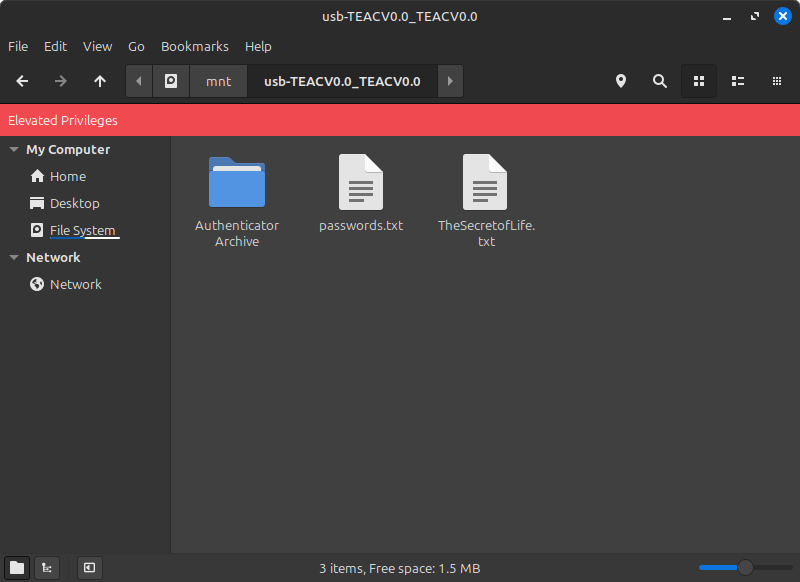After 20 years, Real-Time Linux (PREEMPT_RT) is finally -- finally -- in the mainline kernel. Linus Torvalds blessed the code while he was at Open Source Summit Europe. [...] The real-time Linux code is now baked into all Linux distros as of the forthcoming Linux 6.12 kernel. This means Linux will soon start appearing in more mission-critical devices and industrial hardware. But it took its sweet time getting here. An RTOS is a specialized operating system designed to handle time-critical tasks with precision and reliability. Unlike general-purpose operating systems like Windows or macOS, an RTOS is built to respond to events and process data within strict time constraints, often measured in milliseconds or microseconds. As Steven Rostedt, a prominent real-time Linux developer and Google engineer, put it, "Real-time is the fastest worst-case scenario." He means that the essential characteristic of an RTOS is its deterministic behavior. An RTOS guarantees that critical tasks will be completed within specified deadlines. [...]
So, why is Real-Time Linux only now completely blessed in the kernel? "We actually would not push something up unless we thought it was ready," Rostedt explained. "Almost everything was usually rewritten at least three times before it went into mainline because we had such a high bar for what would go in." In addition, the path to the mainline wasn't just about technical challenges. Politics and perception also played a role. "In the beginning, we couldn't even mention real-time," Rostedt recalled. "Everyone said, 'Oh, we don't care about real-time.'" Another problem was money. For many years funding for real-time Linux was erratic. In 2015, the Linux Foundation established the Real-Time Linux (RTL) collaborative project to coordinate efforts around mainlining PREEMPT_RT.
The final hurdle for full integration was reworking the kernel's print_k function, a critical debugging tool dating back to 1991. Torvalds was particularly protective of print_k --He wrote the original code and still uses it for debugging. However, print_k also puts a hard delay in a Linux program whenever it's called. That kind of slowdown is unacceptable in real-time systems. Rostedt explained: "Print_k has a thousand hacks to handle a thousand different situations. Whenever we modified print_k to do something, it would break one of these cases. The thing about print_k that's great about debugging is you can know exactly where you were when a process crashed. When I would be hammering the system really, really hard, and the latency was mostly around maybe 30 microseconds, and then suddenly it would jump to five milliseconds." That delay was the print_k message. After much work, many heated discussions, and several rejected proposals, a compromise was reached earlier this year. Torvalds is happy, the real-time Linux developers are happy, print_K users are happy, and, at long last, real-time Linux is real.

